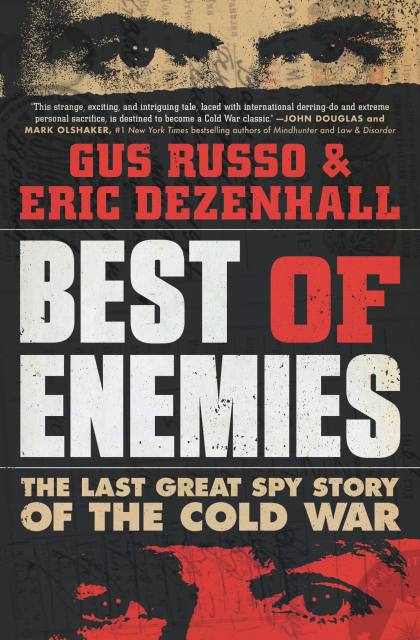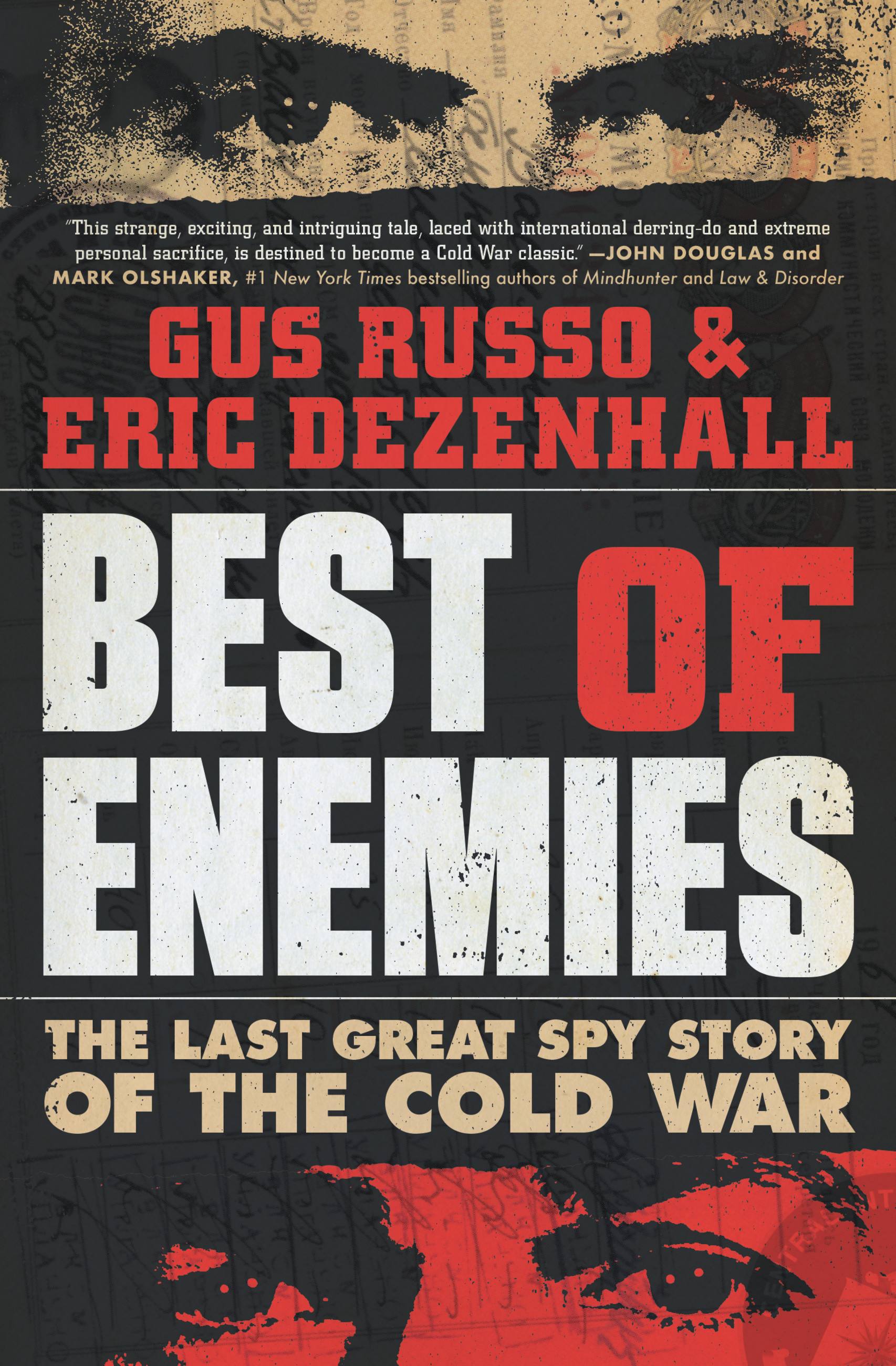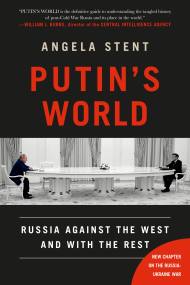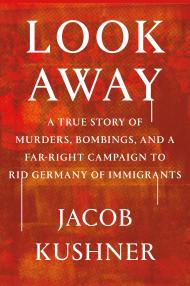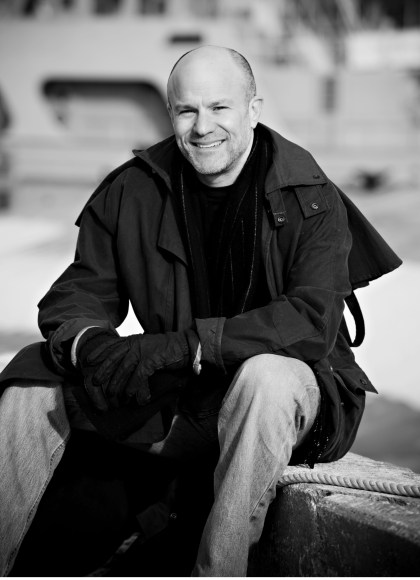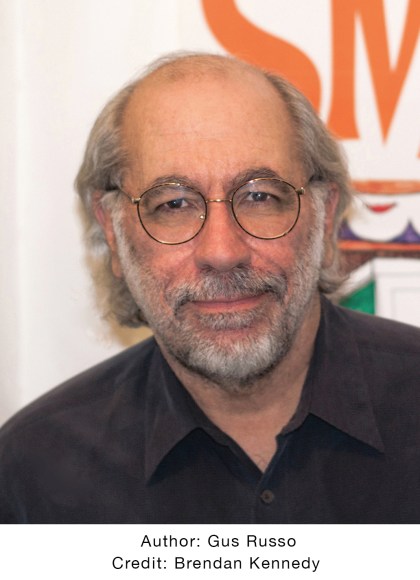Promotion
Use code MOM24 for 20% off site wide + free shipping over $45
Best of Enemies
The Last Great Spy Story of the Cold War
Contributors
By Gus Russo
Formats and Prices
Price
$11.99Price
$15.99 CADFormat
Format:
- ebook $11.99 $15.99 CAD
- Audiobook Download (Unabridged) $27.99
- Trade Paperback $16.99 $22.99 CAD
This item is a preorder. Your payment method will be charged immediately, and the product is expected to ship on or around October 2, 2018. This date is subject to change due to shipping delays beyond our control.
Also available from:
The thrilling story of two Cold War spies, CIA case officer Jack Platt and KGB agent Gennady Vasilenko — improbable friends at a time when they should have been anything but.
In 1978, CIA maverick Jack Platt and KGB agent Gennady Vasilenko were new arrivals on the Washington, DC intelligence scene, with Jack working out of the CIA’s counterintelligence office and Gennady out of the Soviet Embassy. Both men, already notorious iconoclasts within their respective agencies, were assigned to seduce the other into betraying his country in the urgent final days of the Cold War, but instead the men ended up becoming the best of friends-blood brothers. Theirs is a friendship that never should have happened, and their story is chock full of treachery, darkly comic misunderstandings, bureaucratic inanity, the Russian Mafia, and landmark intelligence breakthroughs of the past half century.
In Best of Enemies, two espionage cowboys reveal how they became key behind-the-scenes players in solving some of the most celebrated spy stories of the twentieth century, including the crucial discovery of the Soviet mole Robert Hanssen, the 2010 Spy Swap which freed Gennady from Soviet imprisonment, and how Robert De Niro played a real-life role in helping Gennady stay alive during his incarceration in Russia after being falsely accused of spying for the Americans. Through their eyes, we see the distinctions between the Russian and American methods of conducting espionage and the painful birth of the new Russia, whose leader, Vladimir Putin, dreams he can roll back to the ideals of the old USSR.
In 1978, CIA maverick Jack Platt and KGB agent Gennady Vasilenko were new arrivals on the Washington, DC intelligence scene, with Jack working out of the CIA’s counterintelligence office and Gennady out of the Soviet Embassy. Both men, already notorious iconoclasts within their respective agencies, were assigned to seduce the other into betraying his country in the urgent final days of the Cold War, but instead the men ended up becoming the best of friends-blood brothers. Theirs is a friendship that never should have happened, and their story is chock full of treachery, darkly comic misunderstandings, bureaucratic inanity, the Russian Mafia, and landmark intelligence breakthroughs of the past half century.
In Best of Enemies, two espionage cowboys reveal how they became key behind-the-scenes players in solving some of the most celebrated spy stories of the twentieth century, including the crucial discovery of the Soviet mole Robert Hanssen, the 2010 Spy Swap which freed Gennady from Soviet imprisonment, and how Robert De Niro played a real-life role in helping Gennady stay alive during his incarceration in Russia after being falsely accused of spying for the Americans. Through their eyes, we see the distinctions between the Russian and American methods of conducting espionage and the painful birth of the new Russia, whose leader, Vladimir Putin, dreams he can roll back to the ideals of the old USSR.
Genre:
- On Sale
- Oct 2, 2018
- Page Count
- 352 pages
- Publisher
- Twelve
- ISBN-13
- 9781538761328
Newsletter Signup
By clicking ‘Sign Up,’ I acknowledge that I have read and agree to Hachette Book Group’s Privacy Policy and Terms of Use
